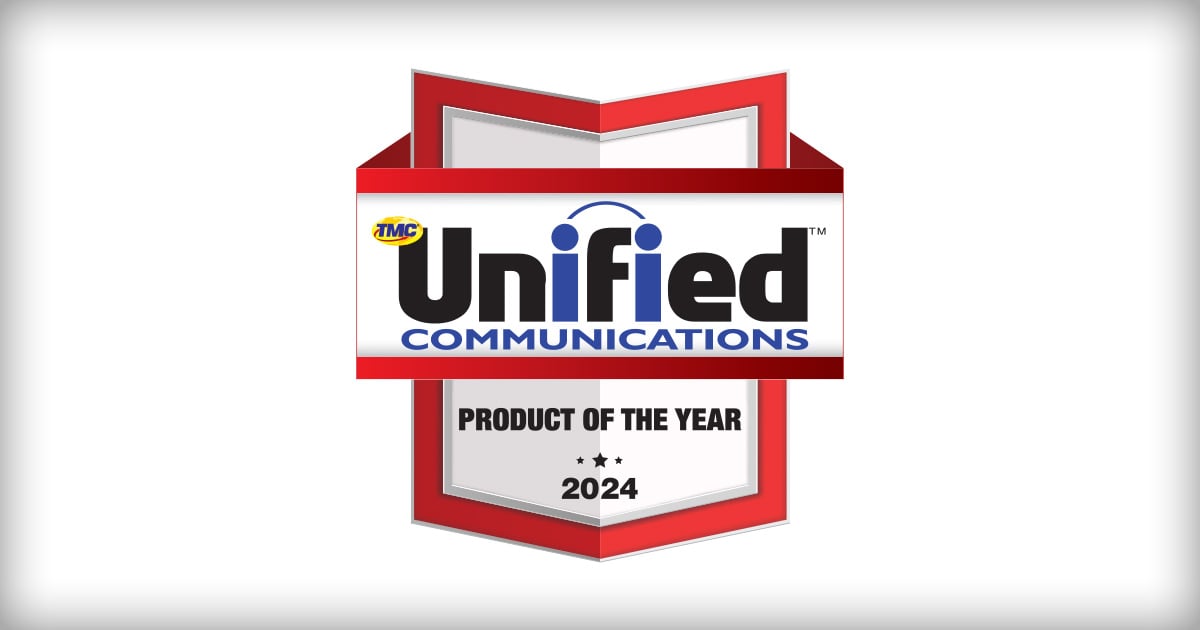
In the months since COVID-19 upended our lives, many American workers have had a crash course in Wi-Fi speeds, call quality, group video conferencing, VPNs, and file sharing. For some, it's been a seamless transition. For others, it's been a humbling work in progress. Companies, too, have had to adapt quickly to minimize downtimes and work disruptions as their workforces shelter-in-place in home offices.
New research suggests that what's starting as a work-from-home health imperative is likely to continue long term as a way of doing business - perhaps indefinitely. A study by Global Workforce Analytics predicts that 25–30% of the workforce will be working from home multiple days a week by the end of 2021—up from 4% before the pandemic began. A survey from 451 Research — a unit of S&P Global Market Intelligence — that polled 575 IT decision-makers from a range of industries found that 67% of respondents expect work-from-home policies to remain in place permanently.
With this move to work-from-home models has come new demand for collaboration tools and the entire tech stack required to power it. We need speed, security, cloud computing, and an arsenal of tools.
A survey of almost 2,000 companies by the Aberdeen (News - Alert) Group found that businesses are considering over 200 different technologies and strategies to help them promote business resilience. And 78% of them plan to spend more money on technology—even during the economic downturn.
This is encouraging news for business technology stack providers and the broader ecosystem. But what does this shift from primarily office-based employees to significantly remote workforces mean for how these communications services are taxed? Short answer: it's complicated.
The secret sauce to remote workforce productivity.
To understand why taxes have suddenly become more complicated, it's useful to step back and look at the pre-COVID-19 work environment. Before stay-at-home orders became the norm, there were a surprisingly large number of businesses that were using hard phones and premise-based telephone systems in their offices.
However, the secret sauce to remote employee productivity isn't a simple landline tied to a physical business location. It's a technology stack across a distributed workforce. Broadly categorized, this tech stack typically includes connectivity, collaboration tools, cloud computing, and VoIP services. When taxed individually, the calculations are fairly straightforward. But bundle them together in various combinations and taxation becomes much more complex.
The new normal - a continued convergence of technology
While the convergence of technology is the new normal, it also requires a new understanding of taxes. There are many reasons for the complexity, including the sheer volume of entities with the power to tax. There are 12,000 taxing jurisdictions with varying rules that continue to expand as technology evolves. In fact, in a survey with Aberdeen research, 54% of respondents cited variability of communications tax regulations across jurisdictions as the greatest impact on tax compliance. Other factors that contribute to the complexity include:
- Subtle differences, big impact. Technology nuances can have big tax implications. For example, the tax rules for VoIP can be tricky. When a VoIP service is considered interconnected, several FCC (News - Alert) regulations and complex requirements can come into play, while non-interconnected VoIP may be subject to less state and local tax.
- The sum of the parts. One part of a bundle can make the whole bundle taxable – but that can vary by jurisdiction. When you bundle multiple services or combine services with a product, it can result in a mix of tax rates. In some jurisdictions, the entire bundle can become subject to communication taxes and regulatory fees. It is crucial to understand these nuances to ensure compliance.
- Location, location, location. To accurately calculate tax, you must be able to correctly determine the customer’s location. This determination can be complicated, particularly with wireless and VoIP services because by nature these are not fixed locations.
Tackle the Tangles with the Right Questions
The tax implications for work-from-home technology providers are dizzying—and the "what do I need to know" factors can be overwhelming. But they don't have to paralyze your business.
- Make sure you understand exactly what you are bundling, how you are billing it, and how it should be taxed.
- What does your resale model look like? Are you reselling someone else’s product? Are they reselling yours?
- Even if you only sell in a few states, for these services physical location may not matter as much
- Are you prepared for complex filing and certificates in new states?
- Make sure your tax and ERP technology are in order, too.
Stack the Deck for Success
As you think about your tech stack bundle, it's helpful to consult with communications tax specialists early on and implement processes to monitor tax and regulatory changes across jurisdictions.
In tandem with tax advisory, tax technology automation solutions are available to help you automate tax calculation and compliance activities. When evaluating your requirements, consider automation services that provide continuous monitoring and seamless updates, integrate with the business systems you already have in place, deliver precise calculations, and offer robust research and reporting. The resources your business needs to get and stay in compliance in the digital age are readily available. You don't have to struggle with outdated systems or continue navigating tax complexity without a plan and a path forward.
 About the author: Steve Lacoff is the General Manager of Avalara for Communications. He’s spent more than 20 years in the telecom and SaaS (News - Alert) industries with experience across data, VoIP, and video streaming.
About the author: Steve Lacoff is the General Manager of Avalara for Communications. He’s spent more than 20 years in the telecom and SaaS (News - Alert) industries with experience across data, VoIP, and video streaming.
Edited by
Erik Linask





